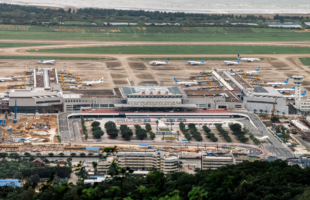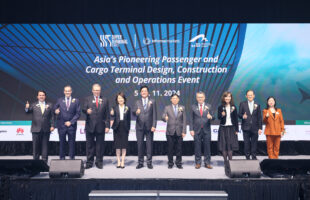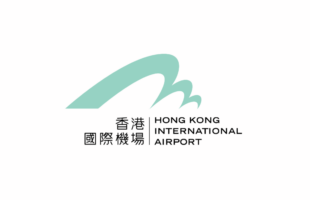
DHL Express announced a €335 million expansion plan for its Central Asia Hub (CAH), in partnership with the Airport Authority Hong Kong. This expansion brings DHL’s commitment to this strategic hub to over €520 million, making it the largest infrastructural investment by DHL Express in Asia Pacific to date.

The expansion is timely as the CAH has recorded an average 12% year-on-year growth in its shipping volume in the past decade. As one of three global hubs for DHL, the expanded CAH will continue to act as the core hub of the DHL Express global and Asia Pacific regional network, handling more than 40% of its total Asia Pacific shipment volumes.
The expanded CAH will be equipped with an enhanced material handling system that will improve productivity and increase the hub’s throughput capacity — from the current 75,000 pieces of shipments per hour to 125,000 pieces per hour. When operating at its full capacity, the annual throughput of the expanded CAH is expected to go up by 50% to 1.06 million tonnes per annum. As a dedicated and purpose-built air express cargo facility at the Hong Kong International Airport, the expanded CAH will handle six times more in terms of shipment volume than when it was first established in 2004.
The expanded CAH is expected to begin operations in Q1 2022, in time to capture strong demand in the Pan-Pearl River Delta (PPRD) region and completion of the Three Runway System for the Hong Kong International Airport in 2024. The expansion of the CAH will deliver about 50% increase in warehouse space to 47,000 square meters.
Already a TAPA Class A-certified facility, the expanded CAH will boast a state-of-the-art security system with a total of 520 CCTV cameras and an advanced access control system. The CAH also features a Quality Control Center (QCC) which monitors flight uplift/landing times in real time, reporting any irregularities on the spot, which in turn enables DHL to proactively notify customers in the event of flight delays or cancellations. The QCC is linked to the Asia Pacific Network Control Centre in Hong Kong and more than 70 gateways and over 500 service centers in over 40 cities in other Asian countries.









